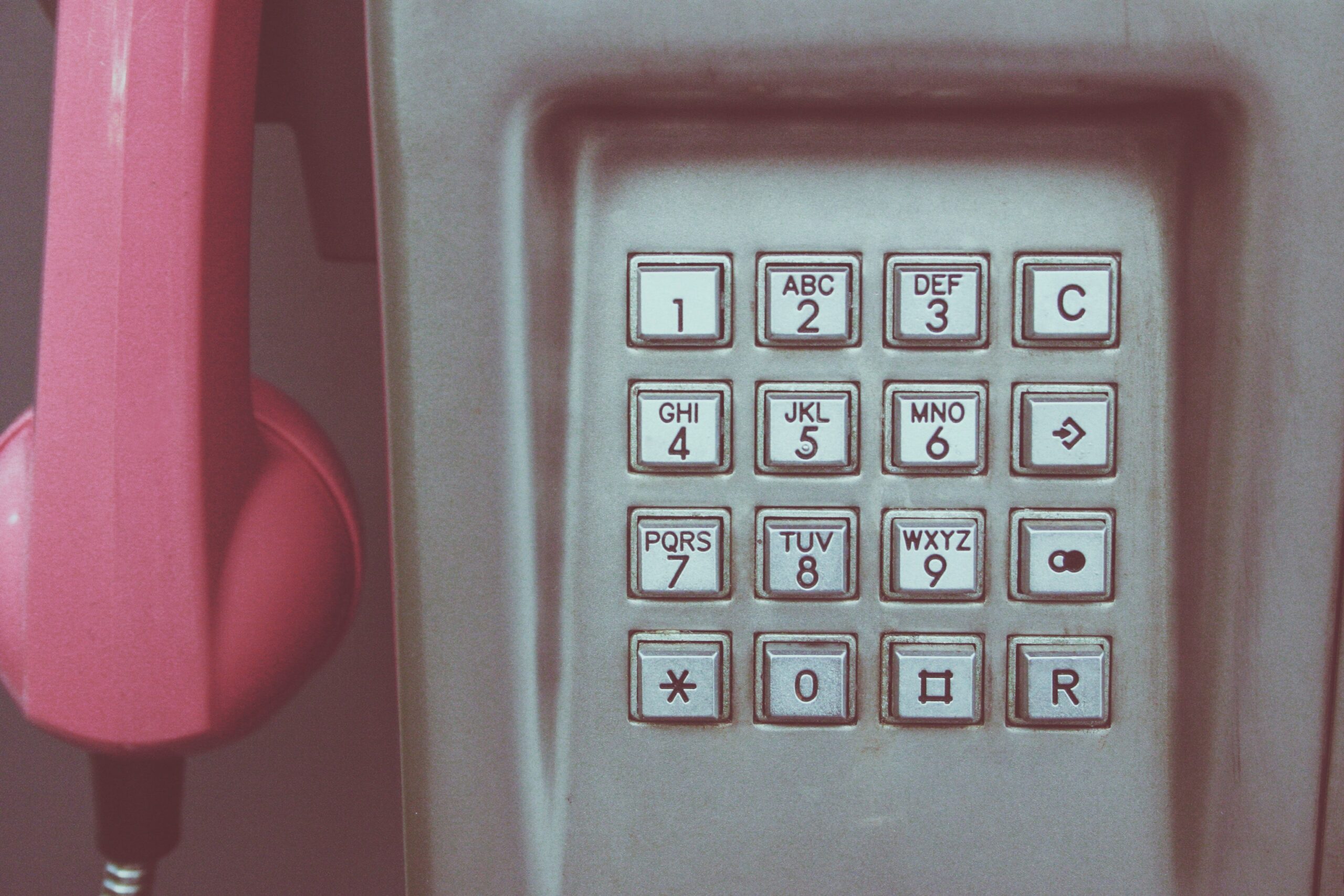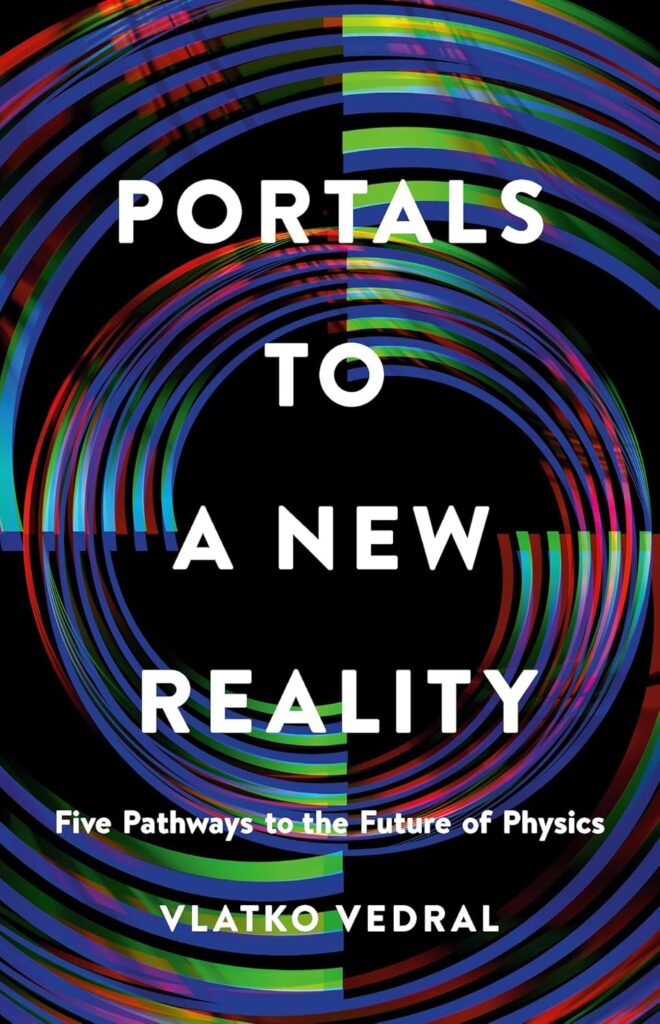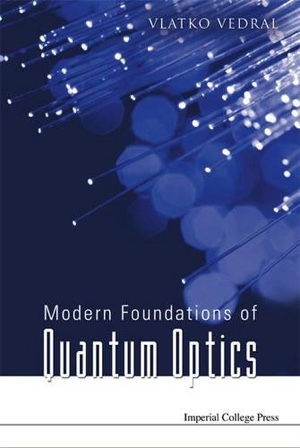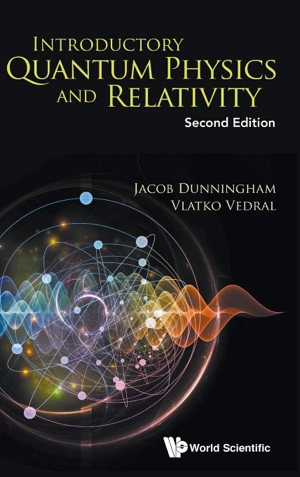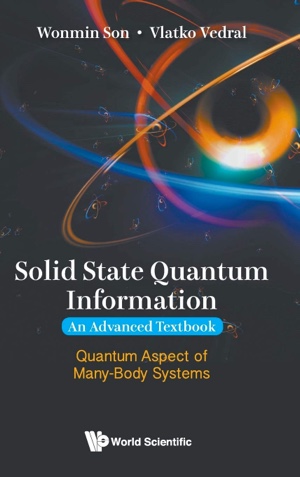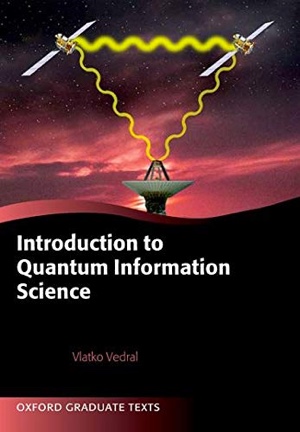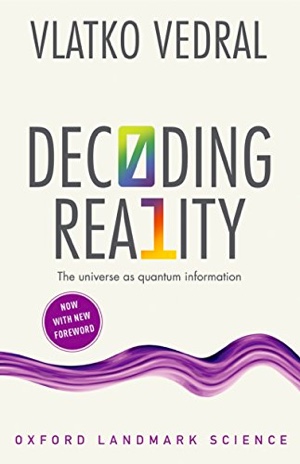Real numbers and reality
We’ve all learnt that the complex numbers play a fundamental role in quantum physics, while – in classical physics – they are just a matter of mere convenience. Many people have commented on this fact, and – for no particular reason other than possibly his dramatic tone – we quote Dyson, who says: “…But then came the surprise. Schrödinger put the square root of minus one into the equation, and suddenly it made sense. Suddenly it became a wave equation instead of a heat conduction equation. . . . And that square root of minus one means that nature works with complex numbers and not with real numbers.” But are complex numbers really needed in quantum physics? Can’t we just get by with the reals?
Whenever I think of questions like this, I always recall another – even more memorable – statement. This time it’s by the German mathematician Kronecker (of the delta fame) who declared that “God created the integers, all else is the work of man”. Viewed from this perspective, the real numbers, as well as the complex ones, are both equally artificial (i.e., the work of man). Perhaps Kronecker would therefore have been suspicious regarding any discussion pertaining to whether quantum physics needs the complex numbers at the most fundamental level. For, even if we could show – we can (see below) – that the real numbers suffice to do quantum physics, they are still as “artificial” (in the sense of not being what God has originally given us).
Kronecker would probably instruct us that, instead of trying to purge quantum physics of complex numbers, we should focus on getting rid of the real numbers from classical physics!
Interestingly enough, integers arise quite naturally in quantum physics (perhaps because God first created quantum physics; then came the integers). Anyone who has learnt about the basic quantum physics of the atom, will know that we need four integers (speaking somewhat loosely, three numbers are related to the fact that space is three dimensional and the fourth is due to a property we call “spin”) to describe the electronic states within atoms. So, all matter, as far as quantum physics is concerned, is captured solely by the integers. Light too.
The complex numbers arise when we superpose two or more states corresponding to different integers. That’s why people claim that complex numbers are unavoidable in quantum theory. But are they?
The answer was given by Stuckelberg, a Swiss physicist who pioneered a number of important directions in quantum field theory, almost 100 years ago. He showed that every time we see the imaginary number “i=square root (-1)” in a quantum formula we can substitute it with a matrix with real entries only and still get the same result. But we have to use matrices (2by2, in the minimal encoding of the “square root of -1” and this is because every complex number could be thought of as a 2-vector of reals).
This brings me to the point that I have made many times in my blogs (and Heisenberg and Dirac would have wholeheartedly agreed). The whole difference between quantum and classical physics lies in the fact that the quantum elements of reality are matrices or q-numbers. In other words, unlike in classical physics, where say the position and speed of an electron are real numbers, in quantum mechanics they become matrices. This is why we cannot specify (or measure) them at the same time in quantum physics – they do not commute which leads to the Heisenberg Uncertainty Principle.
All other “weird” quantum features are consequences of this simple fact. Things we call the quantum contextuality, the quantum Bell non-locality, the violation of the Leggett-Garg inequality (aka the non-locality in time), and many many others, are just direct consequences of using the q-numbers.
Ok. So, if the right way to think about the transition from classical to quantum physics is as an upgrade of real numbers to matrices, can we not second guess the new theory of physics by generalising matrices even further?
Enter: tensors.
Tensors are a generalisation of matrices and are used, not in quantum physics, but in the other fundamental theory of physis, that of General Relativity (aka Einstein’s gravity). They play an important role in General Relativity since the main equation is an equation basically stating that one tensor equals another (doesn’t matter what they are, but roughly one represents all of the relevant energy and the other one all of the relevant geometry). This form ensures that in all frames of reference, the equation looks the same – which is the key principle of General Relativity (giving it its name).
However, the elements of reality are not these tensors. The elements of reality (in General Relativity) are still the real numbers signifying things like the position of a particle, its momentum and so on and these things can in principle be measured to any desired degree of accuracy. In that sense, General Relativity is a classical theory much like Newtonian physics.
An analogy might be helpful here. Rotations around the x,y and z directions can be represented by matrices. These matrices do not commute, simply because rotating around x and then z, is not the same as rotating around z and then x (try it with a book by first flipping it one way and then the other). But this is just a fact of classical physics and it has nothing to do with q-numbers or the Uncertainty Principle. It is only when these rotational matrices are elevated to become operators pertaining to the angular momentum in quantum physics (yes, it’s confusing, they are both generators of rotations and observables in quantum physics), that the Uncertainty Principle applies (in the sense that we cannot simultaneously know the angular momenta in the x and z directions, say).
At present, we understand the gravitational field as a tensor with 10 components. Each of these components would become a q-number in quantum gravity (a theory of which we don’t have – see the previous blog). Should we however be more adventurous when quantizing gravity? And, what would “being more adventurous” even mean?
Classical physics is a reduction of quantum mechanics achieved by asking that the allowed observables must all commute with one another. That implies that they are all diagonal in the same basis and that basis is what we consider classical. So, could we start with a theory that is based on higher level matrices, so that its reduction actually results in quantum mechanics? The answer is almost certainly yes. However, the main problem for us in contemporary physics is not the lack of mathematical ingenuity (there is always plenty of that about 😊). Instead, it is that we have no clear ideas about where to look for the experimental evidence suggesting violations of quantum physics and its generalisation. But I have a strong feeling this is all about to change in the very near future…
Sign up to my substack
BOOKS
ASK ME ANYTHING!
If you'd like to ask me a question or discuss my research then please get in touch.
